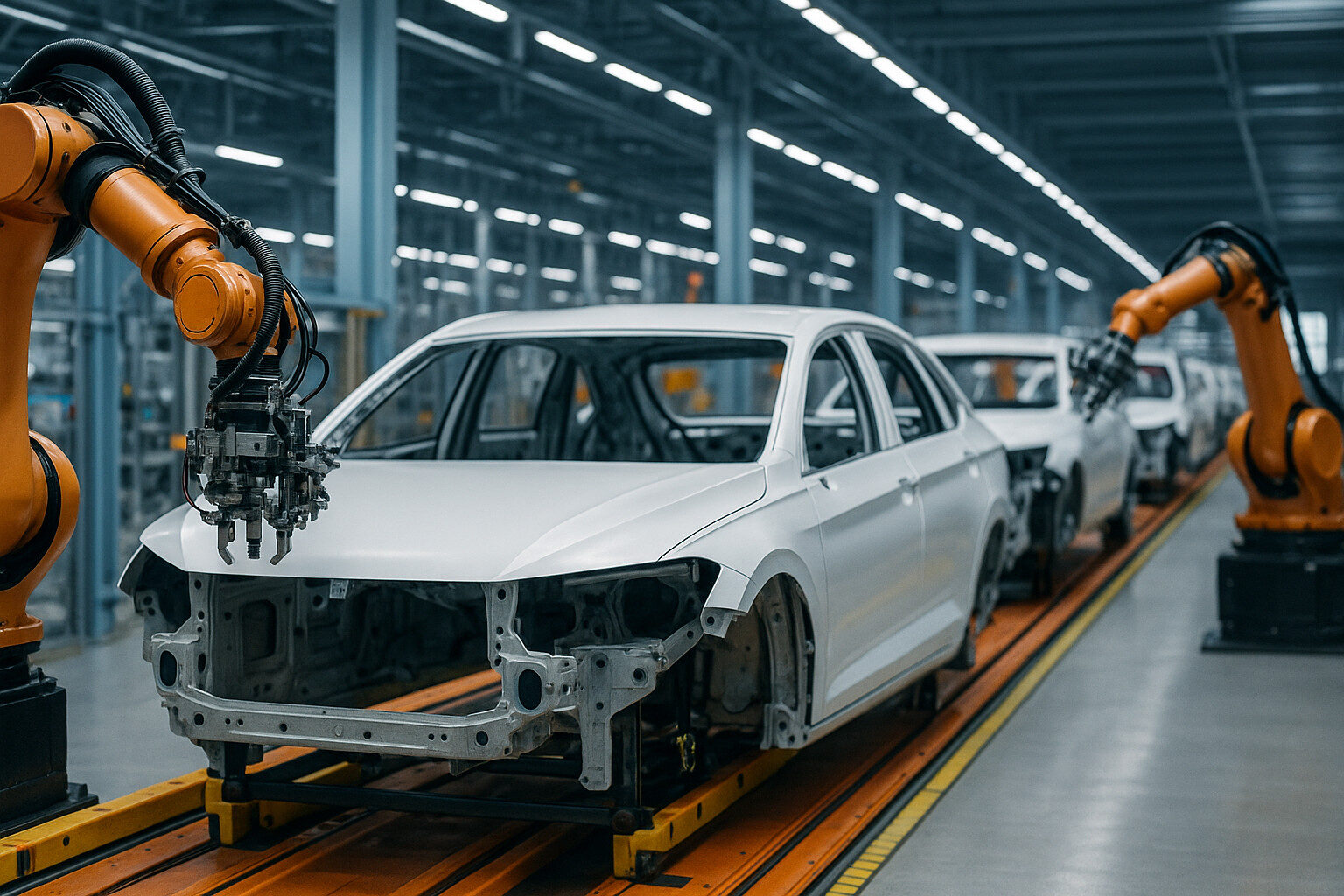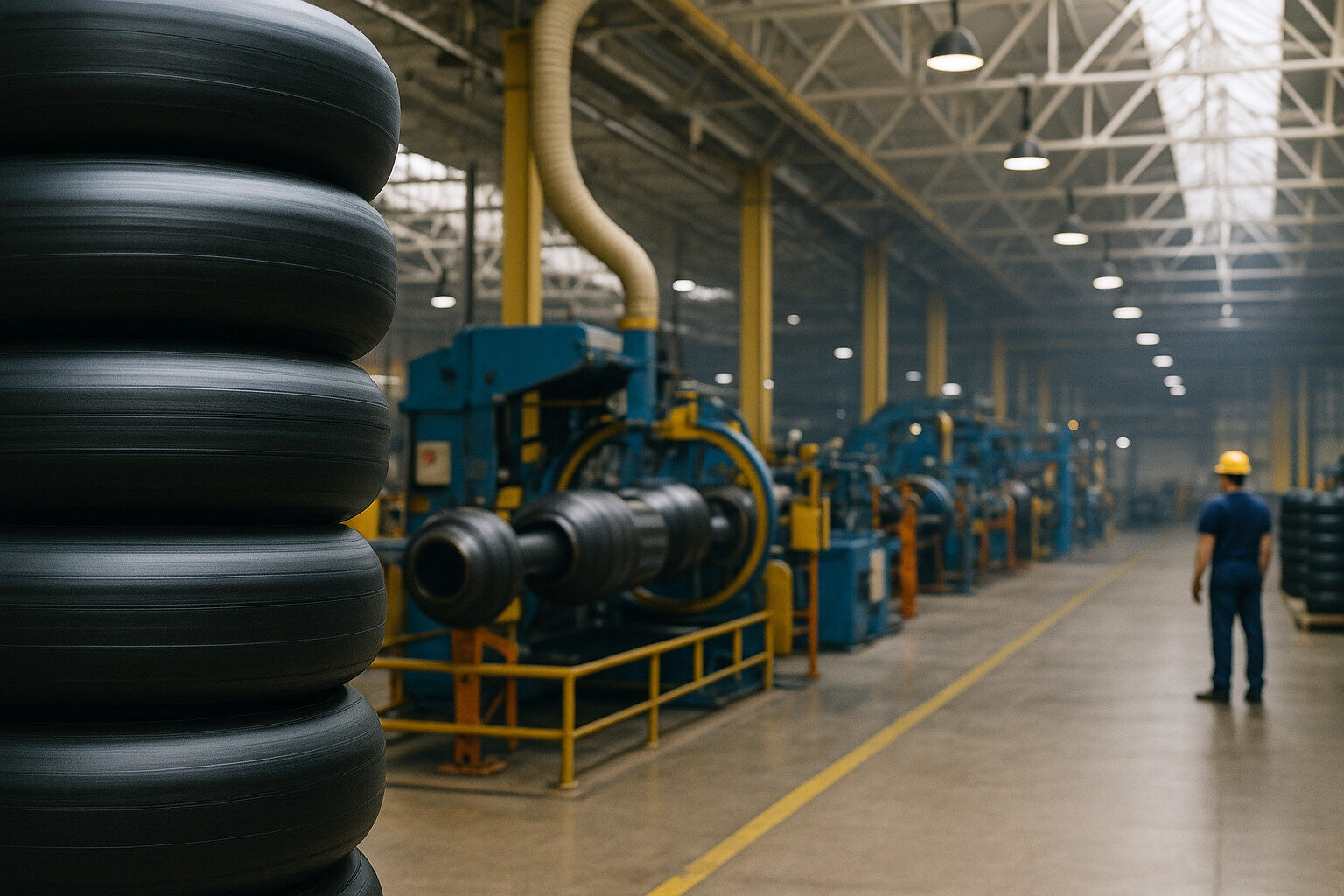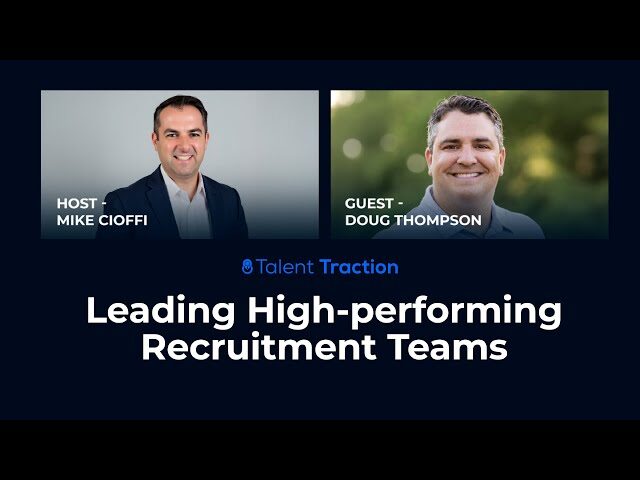In a compelling presentation at the 2025 Safety Summit, Mike Cioffi, founder of Tire Talent and Talent Traction, delved into the evolving landscape of employment, recruitment, and retention within the tire industry. Drawing from macro data, generational insights, and industry-specific surveys, Cioffi highlighted challenges like talent shortages and the rise of AI, while offering practical strategies for hiring managers. As a firm dedicated to connecting talent with businesses in industrial sectors, Talent Traction aims to cut through the recruitment noise much like the themes discussed in this talk. Let’s break down the key takeaways.
Understanding Macro Employment Trends
Mike kicked off with a high-level view of the U.S. labor market, emphasizing the total population of 342 million and a labor force of 170.7 million. Despite growth from 168.4 million year-over-year, the labor force participation rate remains stuck at 62.3%, down from 63.1% pre-COVID. This gap means we’re missing out on about 2.7 million potential workers.
A significant factor? Retirements. Since 2021, 80% of workforce exits have been among those 55 and older, with 15 million “peak boomers” expected to retire in the next five years. In the tire industry, this exodus risks losing invaluable knowledge. Cioffi urged leaders to prioritize knowledge preservation through training and mentorship.
Health issues also play a role, particularly among prime-age men (25-54), where physical, mental, and behavioral challenges contribute to unemployment. The overall unemployment rate hovers at a healthy 4-5%, but job openings (7.1 million) lag behind the number of unemployed, signaling a skills mismatch. Tire manufacturing employment is down 5% year-over-year, likely due to plant closures.
Economic pressures, like inflation and rising costs (e.g., groceries and housing), add strain, especially for entry-level workers earning under $100,000. Cioffi noted the gig economy’s rise, with 62% of U.S. adults earning via platforms, and ongoing debates around return-to-office policies and H1B visas.
Generational Differences: Focus on Gen Z
With Gen Z (ages 14-28) comprising 18% of the workforce—and millennials plus Gen Z over 50%—understanding their motivations is crucial. Unlike other generations, Gen Z ranks money lower as a motivator, prioritizing flexibility, career growth, and training instead. They’re also more affected by hostile work environments and mental health issues, impacting performance.
Cioffi shared insights from a colleague who faced high offer turndowns from Gen Z candidates. Key traits: risk aversion (stemming from observing parents’ struggles during COVID), avoidance of difficult conversations, and preference for electronic communication. To counter this, implementing a “candidate commitment” agreement—outlining mutual expectations and encouraging open communication reduced turndowns to zero in one case.
Tire Industry Employee Survey Results
Talent Traction’s 2025 survey of 343 industry professionals revealed retention drivers like security, loyalty, and stability. However, clarity on goals scored only 6.5/10, and leadership listening averaged 3.1/5. Alarmingly, 55% would consider a new job, with just 3.3/5 satisfied with salary amid inflation.
For tire tech shortages, Cioffi suggested competing not just with other tire shops but retail giants like Starbucks. Top retention strategies include clear job expectations, competitive pay, training, and growth opportunities.
AI Tools Revolutionizing Recruitment
AI is transforming hiring, with FedEx onboarding 20,000 drivers last year without human involvement. Tools like ChatGPT and Gemini can craft job descriptions, generate interview questions, or even create professional headshots for $50. Other platforms like Clay automate data scraping for insights.
However, AI creates noise—flooding inboxes with automated messages and resumes. Cioffi advised focusing on employer branding to attract A-players, distinguishing between active (job ad applicants) and passive candidates (employed but open to outreach). Leverage employee networks for passive talent, and ensure your hiring process runs on a structured “operating system” with phases like target setting (defining KPIs) and roadmapping.
Top Tips for Attracting and Retaining Talent
To attract: Provide clear expectations, competitive compensation, a strong employer brand (counter negative reviews with positive incentives), AI leverage, and a streamlined candidate experience (e.g., condense interviews).
For retention: Emphasize loyalty and flexibility, offer career paths, engage leadership, provide ongoing coaching, and align teams with a clear mission and vision. Talent Traction’s own vision? Impact 10,000 lives over the next decade by connecting people and businesses.
Final Thoughts
Cioffi’s presentation underscores a shifting job market where skills gaps, generational needs, and tech innovations demand adaptive strategies. For tire industry leaders, preserving knowledge amid retirements and addressing tech shortages are paramount. If you’re facing recruitment challenges, Talent Traction offers specialized solutions reach out for tools like our free hiring frameworks or to discuss your needs.




